Metals – Toxic + Nutrient Elements (URINE) - 24 hr , Timed or Random
- Brand: Mosaic Diagnostics - Testing
- Product Code: GPL026
- Availability: In Stock
-
INR 38,014.14
- Ex Tax:
INR 38,014.14
Essential Nutrient and Toxic Elements Testing
Heavy metals can accumulate in the body and disrupt the balance of essential nutrients, and become toxic to organ systems. While certain elements are vital for proper body function, others such as mercury, lead, cadmium, aluminum, and arsenic are toxic to the human body and interfere with its functioning. These toxic metals have no known physiological functions and can cause harm to organ systems.
MosaicDX offers various testing options, including urine, blood, stool, and hair samples, to evaluate the status of toxic metals and essential elements. This allows practitioners to select the most clinically appropriate option for their patients.
What patients might benefit from Heavy Metals Testing?
Heavy metals can accumulate within the body after exposure, attaching to your cells preventing them from performing their functions, causing symptoms that could be life threatening without treatment.
Sign and symptoms vary for each type of metal and range in severity based on an individual’s exposure, symptoms could include:
- Alopecia
- Anemia
- Arrhythmia
- Chills Low Body Temperature
- Dehydration
- Dental Amalgams
- Difficulty breathing
- Fatigue
- Gastrointestinal Symptoms
- Hypertension
- Impaired Kidney Function
- Inflammation
- Memory loss
- Nausea or Vomiting
- Numbness or Prickly Sensation in Hands and Feet
- Parkinson's-like Symptoms
- Risk of Developing Certain Types of Cancer
- Vision problems
- Weakness
Why Test Using Urine?
General
Urine element analysis has long been employed to assess exposure to potentially harmful elements and the excretion of essential nutrients. Moreover, the comparison of urine element levels before and after chelation therapy can provide an estimation of the net retention of toxic elements. Follow-up urine element testing after chelation therapy can be used to monitor the effectiveness of metal detoxification treatment. The results of the analysis can be presented as 24-hour excretion levels or normalized by creatinine concentration to account for variations in urine dilution.
Why choose urine?
Toxic metals can accumulate in the body over time, leading to adverse health effects and chronic disease. Therefore, it is essential to evaluate the accumulation of toxic metals objectively. The analysis of urine element concentrations before and after administration of a metal detoxification agent can help estimate net retention of potentially toxic elements. The goal is to determine whether an individual’s net retention of metals exceeds physiological tolerance, as toxicity occurs when the rate of assimilation exceeds the rate of excretion.
Pharmaceutical metal detoxification agents like EDTA, DMSA or DMPS can sequester “hidden” metals from deep tissue stores and mobilize them to the kidneys for excretion in the urine. However, different compounds have different affinities for specific metals. To evaluate net retention, it’s important to perform both pre- and post-provocation urinalysis to distinguish between ongoing exposures to metals and net bodily retention.
It’s also useful to analyze essential element levels in urine to evaluate nutritional status and the efficacy of mineral supplementation during metal detoxification therapy. However, metal detoxification agents can increase the excretion of specific nutrient elements such as zinc, copper, manganese and molybdenum. Additionally, urinary wasting of essential elements such as magnesium, calcium, potassium, and sodium in an unprovoked urine specimen can indicate early renal dysfunction.
Since urine volume can vary significantly, urine elements are usually expressed per unit creatinine for timed collections to compensate for urine dilution variation. For 24-hour collections, elements are reported as both units per 24 hours and units per creatinine.

